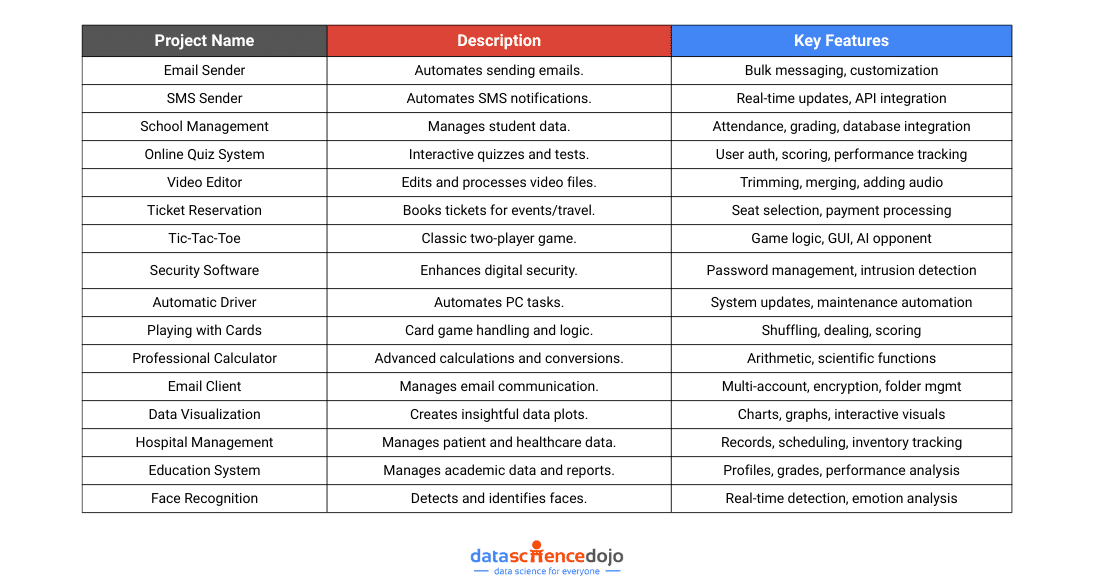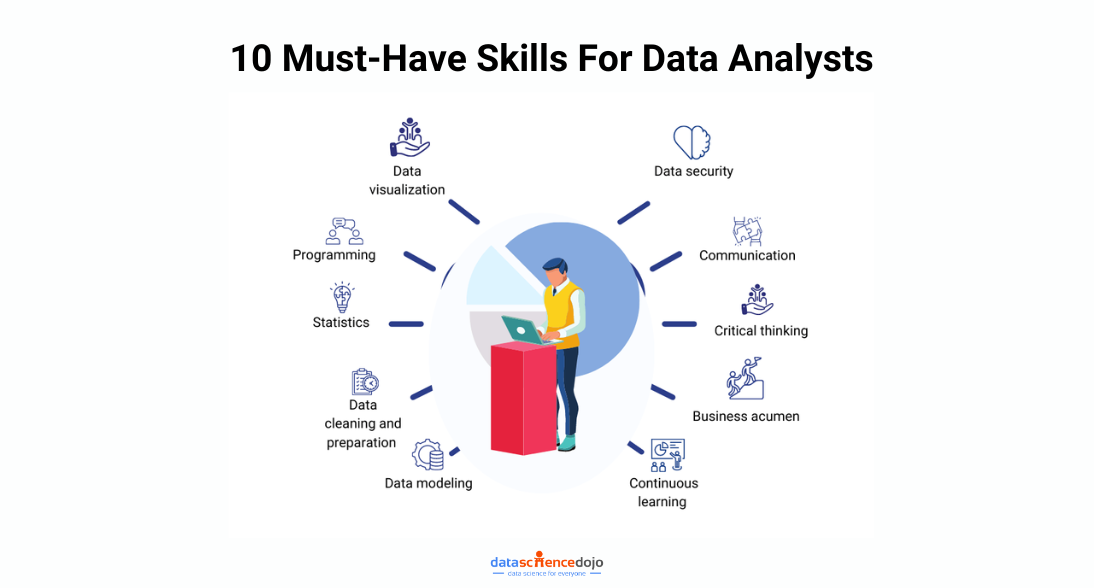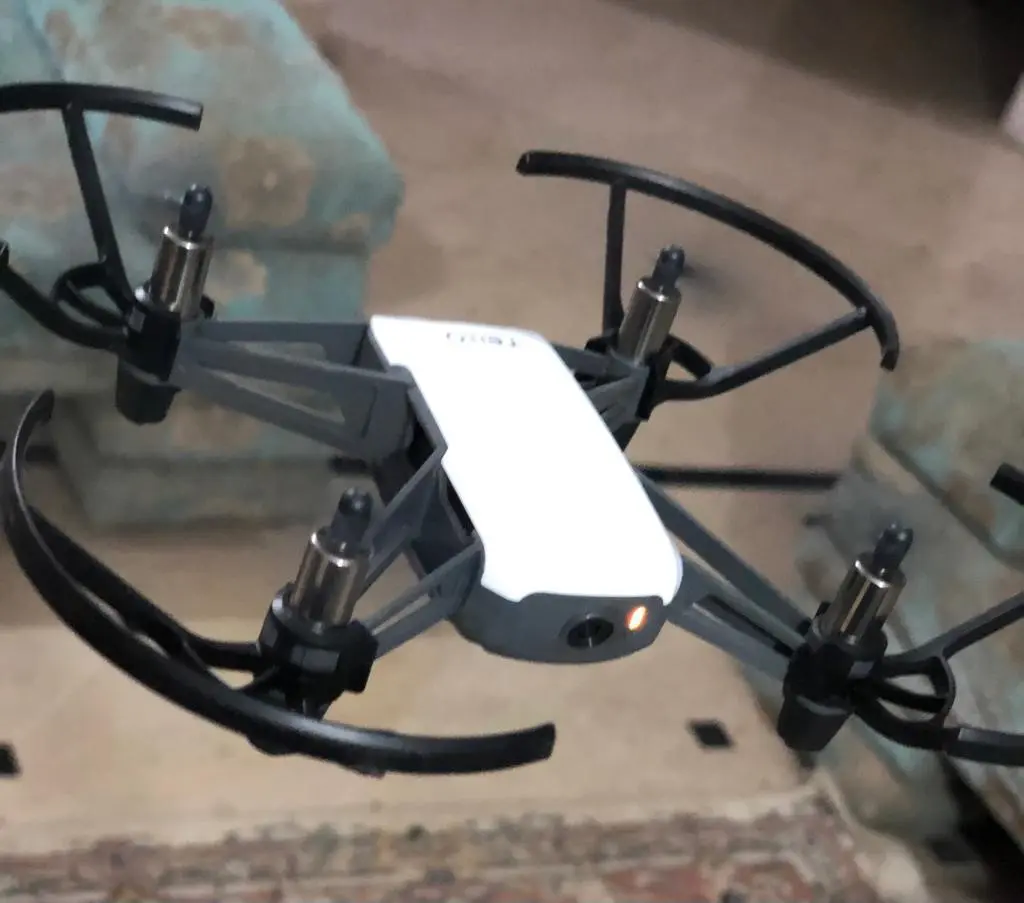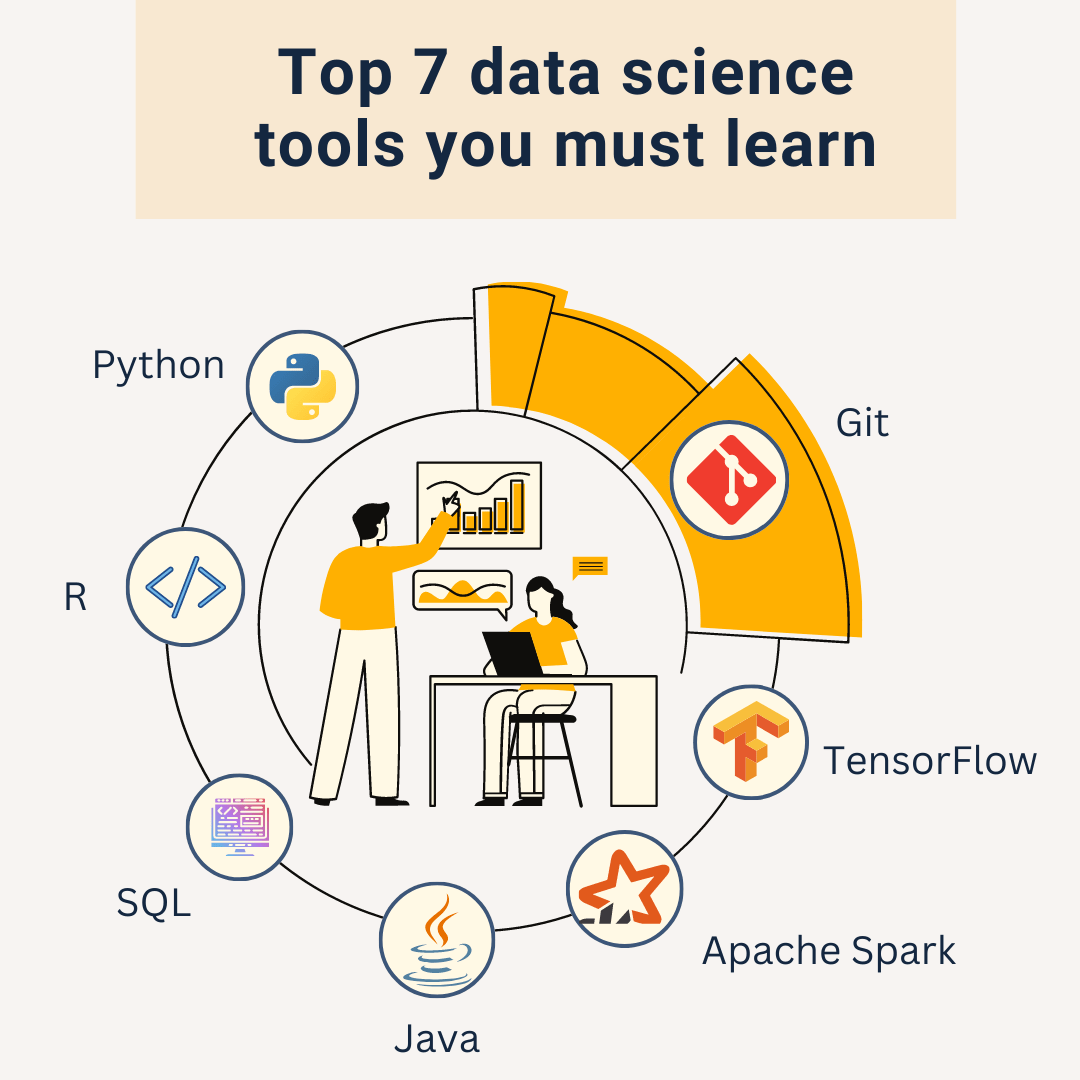Python is more than just a programming language — it’s a powerful tool that can unlock endless possibilities. Whether you’re a beginner looking to build your skills or an experienced developer aiming to level up, hands-on projects are the best way to learn.
But with so many ideas out there, it can be overwhelming to know where to start. That’s why we’ve rounded up 16 essential Python projects that will challenge you, enhance your coding abilities, and boost your portfolio. From data analysis to web development and machine learning, these projects cover a wide range of real-world applications.
Ready to take your Python skills to the next level? Dive into this list and start building today!
16 Python projects you need to master for success
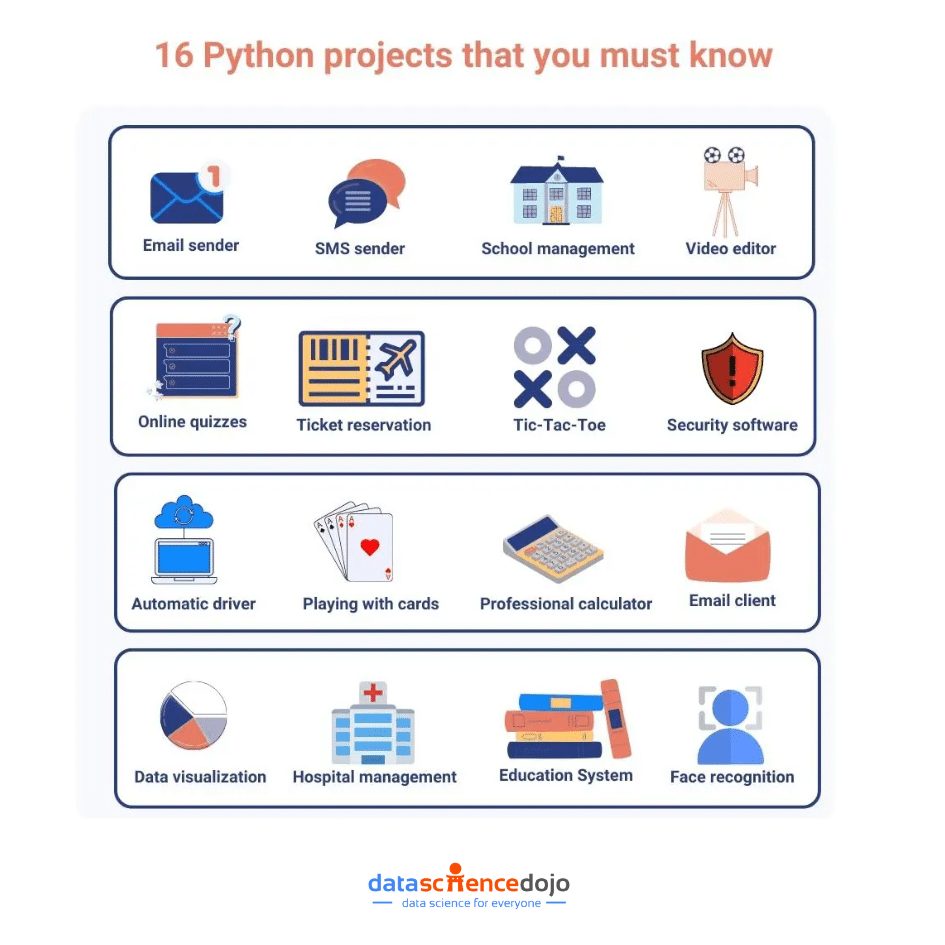
1. Email Sender
The Email Sender project is a practical and essential Python project for automating communication. Manually sending emails can be time-consuming and prone to errors, but Python makes the process efficient and reliable.
-
Core Functionalities: Automatically sending emails with Python’s built-in libraries, such as
smtplibfor sending andemailfor composing messages. -
Customization: Personalize emails by including recipient addresses, subject lines, and message content.
-
Data Integration: Connect with spreadsheets or databases to send personalized bulk messages.
-
Applications: Newsletters, notifications, bulk messaging, and marketing campaigns.
This Python project enhances your skills in automation and email handling, making communication smoother and error-free.
2. SMS Sender
The SMS Sender project is another impactful Python project that focuses on automating text message communication. It’s useful for sending SMS notifications directly to users’ phones.
-
Core Functionalities: Automate SMS sending via services like Twilio or Nexmo.
-
Customization: Include recipient numbers, message content, and dynamic variables.
-
Real-World Usage: Send customer notifications, alerts, or marketing messages.
-
Integration: Work with APIs to enhance real-time communication.
This project builds your expertise in integrating third-party APIs and real-time messaging, making it a valuable addition to your Python portfolio.
3. School Management
The School Management project is a comprehensive Python project aimed at building a digital school organizer. It’s designed to help teachers and administrators efficiently manage student data.
-
Core Features: Attendance tracking, grade management, and student record storage.
-
User Interface: Develop a simple and intuitive GUI for easy data entry and retrieval.
-
Database Integration: Store and manage records using SQL or NoSQL databases.
-
Customization: Adapt the system to fit different educational institutions.
This project showcases your ability to build practical applications that improve efficiency and data management in educational settings.
4. Online Quiz System
The Online Quiz System project is an interactive Python project that allows users to take quizzes or tests online. It’s perfect for educational and entertainment purposes.
-
Core Functionalities: Create and manage quizzes, add questions, and set scoring mechanisms.
-
User Experience: Include features like user authentication, timed quizzes, and performance tracking.
-
Frameworks: Utilize Django or Flask for building the web application.
-
Advanced Features: Interactive leaderboards and personalized feedback for users.
This Python project enhances your web development skills while allowing you to build a dynamic and engaging platform.
Also learn about Time Series in Python
5. Video Editor
The Video Editor project is one of the most creative and dynamic Python projects to work on. It focuses on programmatically manipulating and editing video files using powerful Python libraries like OpenCV and MoviePy. These libraries provide robust functions to handle video processing, allowing you to create a full-fledged video editing application.
With this project, you can develop a range of video editing features, such as:
-
Trimming and Merging: Cut videos to specific durations and combine multiple clips into one.
-
Overlaying Text and Images: Add captions, watermarks, or logos to your videos.
-
Applying Filters: Implement color adjustments, blurring, or other visual effects.
-
Adding Audio: Synchronize background music or voiceovers with your video content.
-
Advanced Features: Explore video stabilization, object tracking, and green screen effects to make your editor even more versatile.
This project is perfect for those who enjoy working with multimedia applications and want to build something that adds real value. It’s also an excellent opportunity to learn how to handle video file formats, perform frame-by-frame processing, and build a user-friendly interface if you choose to develop a GUI version.
6. Ticket Reservation
The Ticket Reservation project is a practical and business-oriented Python project that helps users book tickets for events or travel. This project can be built as a command-line application or a graphical interface using frameworks like Tkinter or PyQt. It aims to simplify the reservation process by allowing users to view available events, select seats, and complete the booking.
Key features of this project include:
-
Event and Seat Selection: Display available events and their seating options.
-
Booking and Confirmation: Reserve a seat and receive a confirmation ticket.
-
Payment Processing: Optionally, integrate payment gateways to handle transactions.
-
Database Integration: Store booking data in databases like SQLite or MySQL.
-
Cancellation and Modifications: Allow users to modify or cancel their reservations.
This Python project not only demonstrates your ability to build practical applications but also showcases your understanding of database management and real-time updates. It’s a great addition to your portfolio, highlighting your skills in creating solutions that benefit users and businesses alike.
7. Tic-Tac-Toe
The Tic-Tac-Toe project is a beginner-friendly yet engaging Python project that involves creating a classic two-player game. You can develop this as a command-line application or a GUI using Tkinter. The goal is to build a simple game where two players take turns marking “X” and “O” on a 3×3 grid, aiming to get three in a row either horizontally, vertically, or diagonally.
This project teaches you essential programming concepts, including:
-
Game Logic: Implement rules to check for wins, losses, or draws.
-
User Input Handling: Prompt players to choose their moves and validate inputs.
-
GUI Development: Use frameworks like Tkinter to add a visual touch to the game.
-
Automated Opponent: Add an AI opponent to make the game more challenging.
By working on this Python project, you will enhance your problem-solving skills and gain hands-on experience in creating interactive applications. Plus, it’s a great way to practice algorithm development and improve your understanding of game mechanics.
8. Security Software
The Security Software project is a highly practical Python project aimed at building tools to address common security needs. In today’s digital world, securing personal and business data is a top priority, and Python offers a range of libraries to help develop security solutions.
Possible applications for this Python project include:
-
Password Manager: Securely store and manage user credentials using libraries like cryptography to encrypt data. Generate strong, unique passwords and organize them efficiently.
-
Basic Firewall: Develop a simple firewall to monitor and control network traffic, using rules to allow or block specific IP addresses and ports.
-
File Integrity Checker: Monitor files for unauthorized changes and alert users if any modifications occur.
-
Intrusion Detection System (IDS): Detect suspicious activities and log unauthorized access attempts.
This project showcases your ability to build security tools that address real-world concerns. Whether you are interested in cybersecurity or just want to enhance your programming skills, building security software is an impressive addition to your portfolio.
9. Automatic Driver
The Automatic Driver project is a practical and time-saving Python project that focuses on automating routine tasks on your computer. By leveraging Python libraries like pyautogui, os, and subprocess, you can create a program that schedules and executes various tasks without manual intervention.
This Python project can automate tasks such as:
-
System Start and Shutdown: Automatically power on or shut down your computer at specific times.
-
Software Updates: Keep your applications and system drivers up-to-date without needing manual checks.
-
Routine Maintenance: Automate tasks like disk cleanup or file organization to keep your system efficient.
-
Custom Scripts: Trigger personalized scripts to back up files or generate reports.
One of the biggest advantages of this project is its ability to save time and effort by eliminating repetitive manual tasks. Whether you’re managing a personal PC or an office workstation, automation can enhance productivity and reduce human error.
This project is also an excellent introduction to more advanced scripting and system administration tasks. By mastering automation with Python, you can simplify your daily routines and improve your overall workflow efficiency. Plus, it’s a great addition to your portfolio, showcasing your skills in task management and system optimization through programming.
Learn how to build AI based chatbots in python
10. Playing with Cards
Playing with Cards is a fun and engaging Python project that teaches you how to manipulate and interact with playing cards programmatically. This project lays the groundwork for building various card games, from simple classics like Blackjack and Poker to more complex strategy games.
With Python’s built-in functionalities and libraries, you can implement essential card-related tasks, including:
-
Card Shuffling: Randomly rearrange the order of cards to ensure fair play.
-
Dealing Cards: Distribute cards to players and manage their hands.
-
Game Rules: Define and enforce rules for specific games, like calculating hand values or identifying winning combinations.
-
Player Interaction: Enable players to draw, discard, or trade cards as needed.
-
Score Tracking: Keep track of players’ points or winnings throughout the game.
This Python project is perfect for anyone interested in game development or programming logic. It challenges you to think critically about game mechanics while enhancing your problem-solving skills. Plus, it’s a great way to practice using data structures like lists and dictionaries to represent decks and player hands.
11. Professional Calculator
The Professional Calculator is a versatile Python project that empowers users to build a fully functional, feature-rich calculator application. By leveraging Python’s robust libraries and GUI frameworks like Tkinter or PyQt, you can create an intuitive interface that supports both basic and advanced calculations.
This Python project typically includes the following features:
-
Basic Arithmetic Operations: Perform addition, subtraction, multiplication, and division effortlessly.
-
Scientific Calculations: Handle trigonometric functions, logarithms, and exponential calculations for advanced mathematical needs.
-
Memory Functions: Store and recall previous calculations for quick reference.
-
Unit Conversion: Convert between units like length, weight, and temperature within the calculator.
-
Complex Expressions: Accurately evaluate expressions with parentheses and follow operator precedence.
Building this project helps you enhance your programming skills while demonstrating your ability to develop practical applications. It’s an excellent way to showcase your understanding of user interfaces, mathematical operations, and error handling. Plus, it’s a handy tool that you can actually use in your daily tasks!
12. Email Client
The Email Client project is a practical Python project that guides you in building a functional email management system. By utilizing Python libraries like smtplib and IMAPClient, you can create a program that allows users to send, receive, and manage emails from popular providers using SMTP and IMAP protocols.
Key features of this Python project include:
-
Composing and Formatting Emails: Create professional-looking emails with formatting and attachments.
-
Sending and Receiving Emails: Integrate with Gmail, Outlook, or other providers to handle communication.
-
Managing Folders and Labels: Organize emails into folders or apply custom labels.
-
Multiple Account Support: Access and manage emails from different accounts in one place.
-
Security Measures: Implement encryption and authentication to keep email communication secure.
By building this project, you’ll learn how to work with APIs and handle email protocols while developing a practical tool for everyday communication management.
You might also like: Tips to Develop Successful ML Projects
13. Data Visualization
Data Visualization is a highly useful Python project that allows you to create insightful visual representations of data. By leveraging libraries like Matplotlib, Seaborn, and Plotly, you can transform raw data into easy-to-understand charts and graphs.
This Python project covers:
-
Bar Charts and Line Plots: Display trends and comparisons effectively.
-
Scatter Plots and Heatmaps: Visualize relationships and data density.
-
Interactive Visualizations: Make plots dynamic and user-friendly with hover effects and tooltips.
-
Advanced Customization: Personalize colors, labels, and themes to enhance visual appeal.
-
Animation and Motion Graphics: Create animated plots to illustrate changes over time.
This project helps you master data storytelling and presentation, making complex data more digestible and engaging.
14. Hospital Management
The Hospital Management project is a practical Python project aimed at developing a streamlined hospital management system. By using Python’s data handling and GUI capabilities, you can create a system that efficiently organizes patient and healthcare data.
Features of this Python project include:
-
Patient Record Management: Store and update patient details and medical history.
-
Appointment Scheduling: Track and manage patient appointments with healthcare professionals.
-
Doctor and Staff Information: Maintain a database of doctors, nurses, and other staff members.
-
Inventory Management: Track medical supplies and equipment availability.
-
Data Privacy and Security: Safeguard sensitive information with encryption and secure access.
This project is invaluable for healthcare institutions aiming to optimize administrative processes while maintaining data accuracy and confidentiality.
15. Education System
The Education System project is an educational and practical Python project that focuses on building a platform for managing student and academic data. It’s perfect for educational institutions looking to digitize record-keeping and data management.
Core features of this Python project include:
-
Student Information Management: Store and update student profiles, grades, and attendance records.
-
Course and Curriculum Management: Track subjects, classes, and academic schedules.
-
Performance Tracking: Generate progress reports and grade analyses.
-
Data Storage and Retrieval: Implement databases to efficiently manage large volumes of information.
-
User Authentication: Secure the system to protect sensitive student data.
By working on this project, you’ll develop skills in database management and user interface design while solving real-world educational challenges.
Learn how to build a recommendation system in python
16. Face Recognition
The Face Recognition project is an advanced and exciting Python project that delves into computer vision and artificial intelligence. Using libraries like OpenCV and face_recognition, you can build systems that detect and identify faces from images or video feeds.
Key components of this Python project include:
-
Face Detection: Identify and locate faces within images or live video streams.
-
Facial Feature Extraction: Analyze features like eyes, nose, and mouth for recognition.
-
Face Matching: Compare detected faces against a database of known individuals.
-
Emotion Analysis: Detect facial expressions and emotions for enhanced functionality.
-
Real-Time Recognition: Integrate live video processing to recognize faces on the go.
This project is ideal for those looking to explore AI-driven applications and computer vision, offering hands-on experience with cutting-edge technologies.
Additional tips for working on Python projects
These are just a few of the many Python projects that you can work on. If you’re looking for more ideas, there are plenty of resources available online. With a little effort, you can create some amazing Python projects that will help you learn the language and build your skills.
Here are some additional tips for working on Python projects:
- Start with simple projects and gradually work your way up to more complex projects.
- Use online resources to find help and documentation.
- Don’t be afraid to experiment and try new things.
- Have fun!
If you want to start a career in data science using Python, we recommend you to go through this extensive bootcamp.
Conclusion:
Embarking on Python projects is an excellent way to enhance your programming skills and delve into various domains. The 16 projects mentioned in this blog provide a diverse range of applications to challenge yourself and explore new possibilities.
Whether you’re interested in communication, gaming, management systems, or data analysis, these projects will help you develop practical Python skills and expand your portfolio.
So, choose a project that excites you the most and starts coding! Happy programming!




